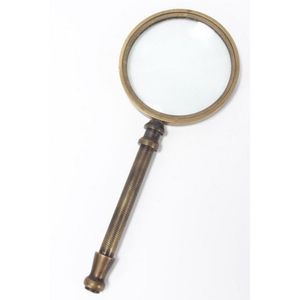Agarwood Pendant Set from Qing Dynasty
You must be a subscriber, and be logged in to view price and dealer details.
Subscribe Now to view actual auction price for this item
When you subscribe, you have the option of setting the currency in which to display prices to $Au, $US, $NZ or Stg.
- Qing Dynasty - The Qing Dynasty was the last imperial dynasty of China, ruling from 1644 to 1912. It was established by the Manchu people, who originated from the northeastern region of China. The Qing Dynasty was preceded by the Ming Dynasty and followed by the Republic of China.
- Ming Dynasty - The Ming Dynasty was a ruling dynasty of China from 1368 to 1644. It succeeded the Yuan Dynasty and preceded the Qing Dynasty. The Ming Dynasty was established by Zhu Yuanzhang, a former Buddhist monk who became a rebel leader and eventually overthrew the Mongol Yuan Dynasty. During the Ming Dynasty, China experienced a period of relative stability and prosperity. The government was centralized and bureaucratic, with the emperor at the top of the hierarchy. The Ming Dynasty is known for its cultural achievements, including the development of porcelain, the invention of movable type printing, and the construction of the Great Wall of China.
- Diaper Motif - The diaper motif is a repeating geometric pattern in decorative arts that consists of small diamond or lozenge shapes arranged in a grid. The pattern is often used as a background or border on textiles, ceramics, metalwork, and other decorative items. It can be found in a variety of cultures and historical periods, and is often used in formal or ornamental designs. The name "diaper" comes from the pattern's resemblance to the criss-crossed fabric of a baby's diaper.
This item has been included into following indexes:
Visually similar items

An antique turquoise and gold head piece, set throughout with round turquoise cut en cabochon, to a hinged comb, mounted in 9ct rose gold

An antique 15ct gold gemset brooch, central cluster set with 12 old round cut diamonds totalling an estimated 0.60ct around a synthetic ruby flanked by millegrain wire work and 2 small rubies (chipped), length 51 mm.

9ct gold items, pair of hoop earrings, kiwi charm, pierced pendant, box link chain (faults), and links, total wt 13.8g.

Late Victorian bronze magnifying glass, with a turned cylindrical handle and circular set glass, length 19.5 cm
